The Ultimate Spice Checklist: Mastering Indian Chicken Seasoning Like a Pro!
If you've ever bitten into a piece of tandoori chicken and wondered how it manages to be so flavorful yet tender, the answer lies in one word — seasoning. Indian chicken seasoning is an art form that blends centuries-old spice traditions with modern culinary science. Whether you're cooking for your family or impressing guests at your next dinner party, this guide will help you unlock the secrets behind India’s most beloved poultry preparations.
Contents
- Introduction to Indian Chicken Seasoning
- Core Spices You Can’t Skip
- Pro Tips & Techniques for Perfect Seasoning
- Regional Variations: What Makes Each Style Unique?
- Common Mistakes (And How to Avoid Them)
- Advanced Tips for Flavor Alchemy
- Visual Guide: Spice Ratios by Dish Type
- Conclusion
Introduction to Indian Chicken Seasoning
Indian cuisine is as diverse as its 28 states and countless communities. But one thing binds them all — a deep love for spices. When it comes to chicken, seasoning isn't just about slapping on some cumin and calling it a day. It's a carefully balanced dance of heat, tang, sweetness, and umami.
In Indian kitchens, chicken is often marinated overnight to allow flavors to penetrate deeply. The marinade is more than just oil and spices; it's a flavor gateway that opens up when heated, releasing aromatic compounds that make your kitchen smell like a five-star restaurant.
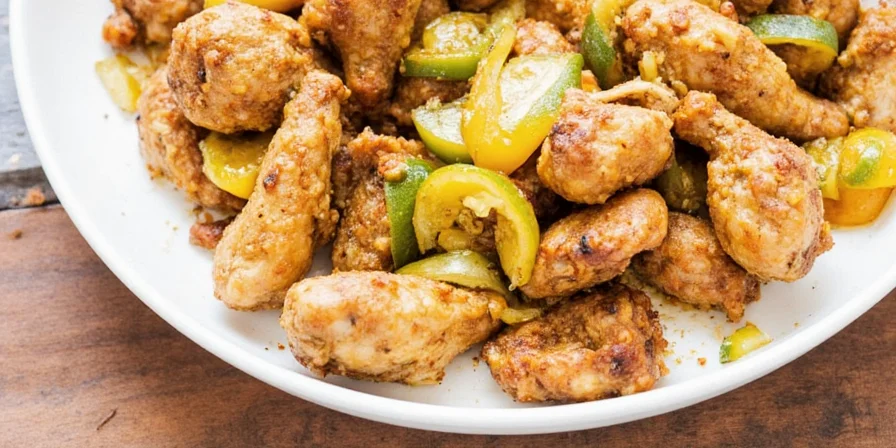
Core Spices You Can’t Skip
While recipes vary from region to region, here are the must-have spices for any Indian chicken dish:
- Cumin – Earthy and nutty, it forms the base of many spice blends.
- Coriander Powder – Adds a citrusy warmth that balances heavier flavors.
- Turmeric – Known for its golden hue and anti-inflammatory properties.
- Garam Masala – A blend of warming spices added towards the end for depth.
- Kashmiri Red Chili Powder – Provides vibrant color and mild heat without overwhelming spiciness.
- Fenugreek – Adds a subtle bitterness and aroma unique to North Indian curries.
- Cloves and Cinnamon – Often used in slow-cooked dishes like biryani for fragrance.
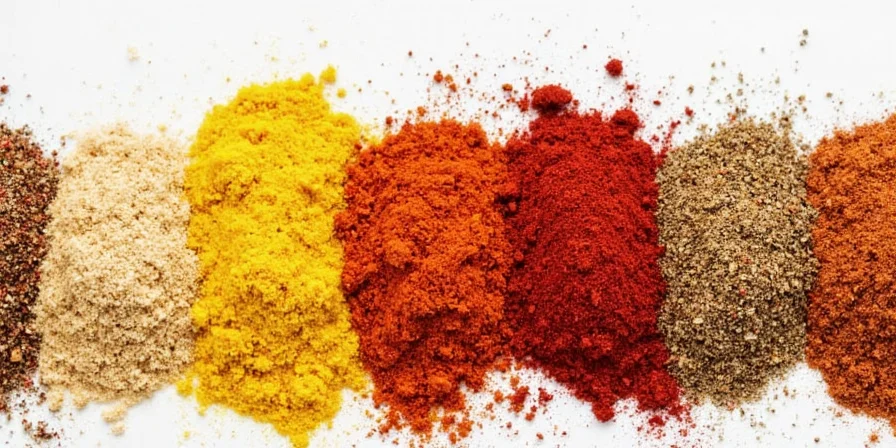
Pro Tips & Techniques for Perfect Seasoning
Knowing the spices is one thing, but knowing how to use them is where the magic happens. Here are some expert tips:
- Roast Your Spices: Toast whole spices like cumin seeds or mustard seeds before grinding. This unlocks their volatile oils and enhances flavor significantly.
- Layer Flavors: Start with a base of ginger-garlic paste, add turmeric and chili first (they infuse early), then coriander and cumin, and finally garam masala at the end.
- Marinate Longer: At least 30 minutes, ideally overnight. Use yogurt-based marinades to tenderize meat and carry flavors deeper.
- Add Acid: Lemon juice or vinegar brightens up heavy spice mixes and cuts through richness.
- Balance Heat with Sweetness: A pinch of sugar or jaggery can balance overly spicy or bitter flavors.
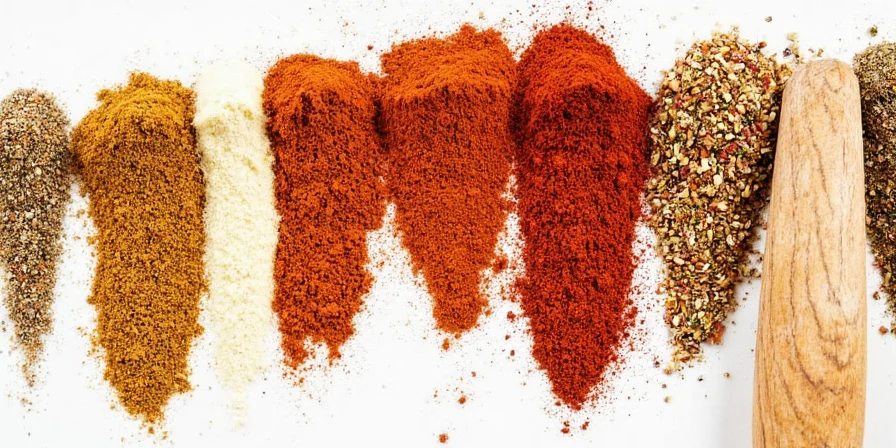
Regional Variations: What Makes Each Style Unique?
India’s regional diversity means each area brings its own twist to chicken seasoning. Let’s take a quick tour:
| Region | Dish | Signature Spice/Technique | Flavor Profile |
|---|---|---|---|
| North India | Chicken Tikka / Tandoori | Yogurt + Kashmiri chili + kasuri methi | Smoky, tangy, mildly sweet |
| South India | Chettinad Chicken | Black pepper-heavy, roasted coconut | Fiery, nutty, aromatic |
| East India | Chicken Kosha | Onion-based gravy, garam masala | Savory-sweet, layered complexity |
| West India | Parsi Dhansak | Lentils + dried mango powder + cinnamon | Sour-sweet, earthy, fragrant |

Common Mistakes (And How to Avoid Them)
Even seasoned cooks sometimes miss the mark. Here are some common errors and how to fix them:
- Mistake: Overloading with salt too early
Tip: Add salt gradually. Some spices like garam masala already contain salt, so adjust accordingly. - Mistake: Using old or stale spices
Tip: Freshly ground spices make a world of difference. Buy in small batches and store away from light and moisture. - Mistake: Not balancing the fat
Tip: Fat carries flavor. Don’t skip the oil or ghee — it helps spices bloom properly. - Mistake: Ignoring pH balance
Tip: Acidic ingredients like tomatoes or yogurt need time to break down. Cook them until they’re almost dry before adding water to avoid sourness.
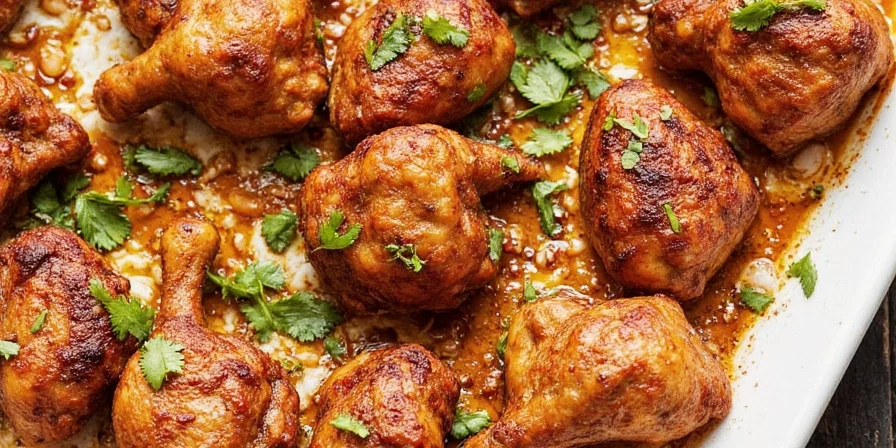
Advanced Tips for Flavor Alchemy
Once you’ve mastered the basics, level up your game with these pro techniques:
- Spice Blending Lab: Try making your own garam masala with equal parts cardamom, clove, cinnamon, and black pepper. Adjust ratios to suit your palate.
- Tempering (Tadka): Fry whole spices in hot oil before adding them to the dish. This releases maximum aroma and flavor.
- Use Spice Pastes: Grind garlic, ginger, green chilies, and fresh herbs together for a potent flavor base.
- Cook Low and Slow: For rich, complex flavors, especially in curries and stews, let your chicken simmer gently rather than boiling aggressively.
- Rest Before Serving: Letting your chicken rest allows juices to redistribute and spices to meld together beautifully.
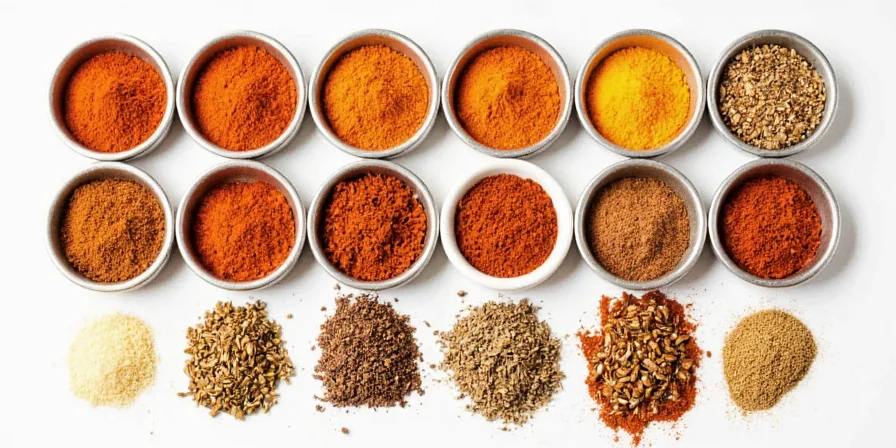
Visual Guide: Spice Ratios by Dish Type
Not sure how much of each spice to use? Here's a handy table to help you decide based on the style of chicken dish you're preparing:
| Dish Type | Coriander | Cumin | Chili | Turmeric | Garam Masala | Fenugreek |
|---|---|---|---|---|---|---|
| Tandoori | 2 tbsp | 1 tsp | 1.5 tsp | ½ tsp | 1 tsp | ¼ tsp |
| Biryani | 1.5 tbsp | 1 tbsp | 1 tsp | ½ tsp | 1.5 tsp | ¼ tsp |
| Curry | 2 tbsp | 1 tsp | 2 tsp | 1 tsp | 1 tsp | ½ tsp |
| Kerala Style (Kasundi) | 1 tbsp | 1.5 tsp | 2.5 tsp | 1 tsp | ¾ tsp | None |
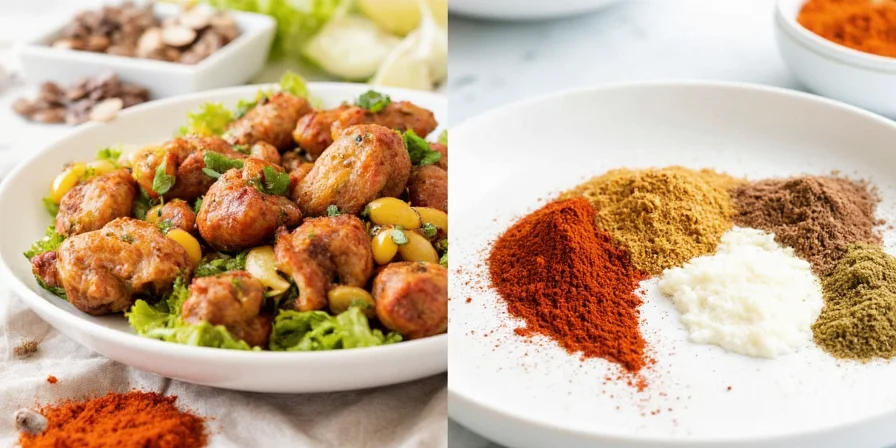
Conclusion
Mastering Indian chicken seasoning isn’t just about following a recipe — it’s about understanding how spices work together, respecting tradition, and having the confidence to experiment. With the right mix of core spices, a few key techniques, and an adventurous spirit, you’ll be serving up mouthwatering chicken dishes that taste straight out of India’s best kitchens.
So go ahead — dust off that mortar and pestle, toast those cumin seeds, and let your kitchen fill with the irresistible aromas of Global Spice Traditions. And remember: when it comes to spices, more isn’t always better — balance is everything.
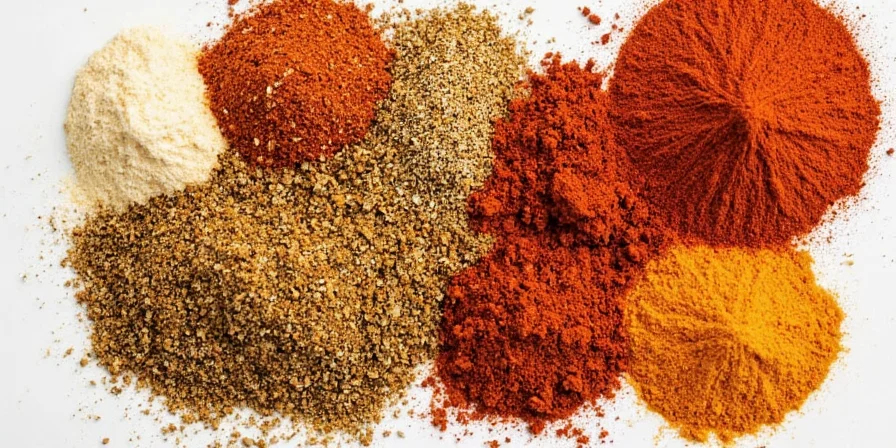

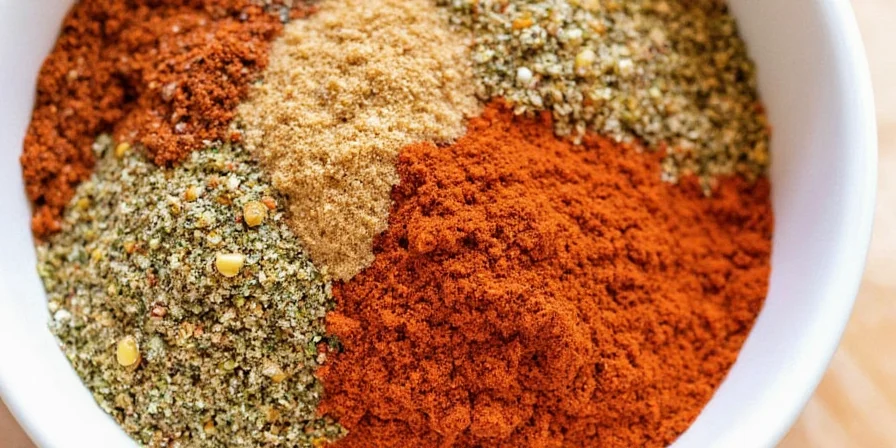









 浙公网安备
33010002000092号
浙公网安备
33010002000092号 浙B2-20120091-4
浙B2-20120091-4